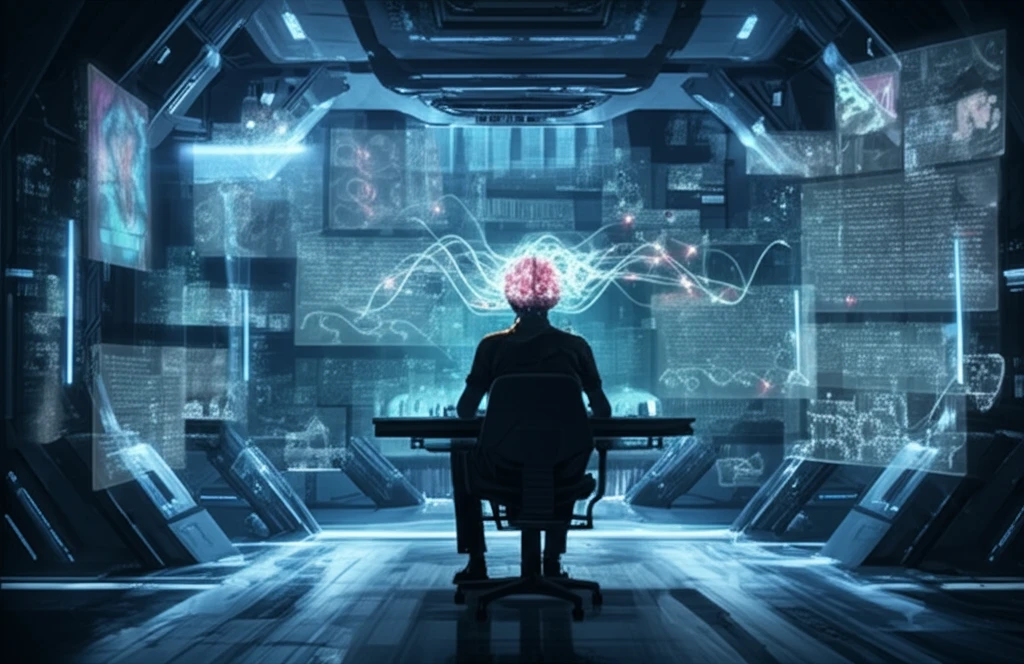
Beyond the Page: How Digital Reading is Rewiring Our Brains
"Explore the evolving landscape of reading in the digital age and its impact on comprehension, critical thinking, and our relationship with knowledge."
For centuries, the act of reading has been synonymous with the rustle of paper, the weight of a book, and the tangible connection to words on a page. Yet, the digital revolution has ushered in a new era, one where screens replace paper, hyperlinks replace page turns, and the very nature of reading is being redefined. As we increasingly consume information through digital devices, it's crucial to examine how these changes are impacting our brains, our comprehension, and our cognitive abilities.
This article delves into the evolving landscape of reading in the digital age, exploring the shifts in reading habits, the cognitive effects of screen-based reading, and the implications for learning and critical thinking. We'll navigate the complex relationship between the traditional text-paper experience and the modern text-screen environment, shedding light on the ways our brains adapt and the challenges we face in this new literary world.
Drawing on research in discourse analysis, philosophy, and social sciences, we aim to provide a comprehensive overview of digital reading, considering both its potential benefits and its inherent drawbacks. By understanding the ways digital reading is rewiring our brains, we can develop strategies to optimize our reading experiences and cultivate essential cognitive skills in an increasingly digital world.
The Digital Shift: Reading Habits in the 21st Century

The rise of the internet and digital devices has fundamentally altered how we access and consume information. No longer confined to physical books and newspapers, we now have a vast library at our fingertips, accessible anytime, anywhere. This accessibility has led to a surge in reading, but also to a shift in reading habits.
- Decreased Attention Spans: Digital reading often involves multitasking and distractions, leading to shorter attention spans and difficulty focusing on a single task.
- Hyperlinking and Interruption: The presence of hyperlinks can interrupt the reading flow, diverting attention to other sources and hindering comprehension.
- Reduced Retention: Skimming and scanning, common digital reading habits, can result in lower retention rates compared to traditional reading.
- Cognitive Overload: The sheer volume of information available online can lead to cognitive overload, making it difficult to process and retain information effectively.
Navigating the Digital Reading Landscape
As digital reading becomes increasingly prevalent, it's essential to develop strategies to mitigate its potential drawbacks and harness its benefits. By cultivating mindful reading habits, promoting digital literacy, and creating supportive learning environments, we can empower individuals to navigate the digital reading landscape effectively. Encouraging critical evaluation of sources, teaching effective search strategies, and promoting deep reading practices are all crucial steps in fostering digital literacy. Ultimately, the key lies in finding a balance between traditional reading practices and the opportunities offered by the digital world, ensuring that we can both comprehend complex information and engage in meaningful dialogue in an increasingly connected society.
